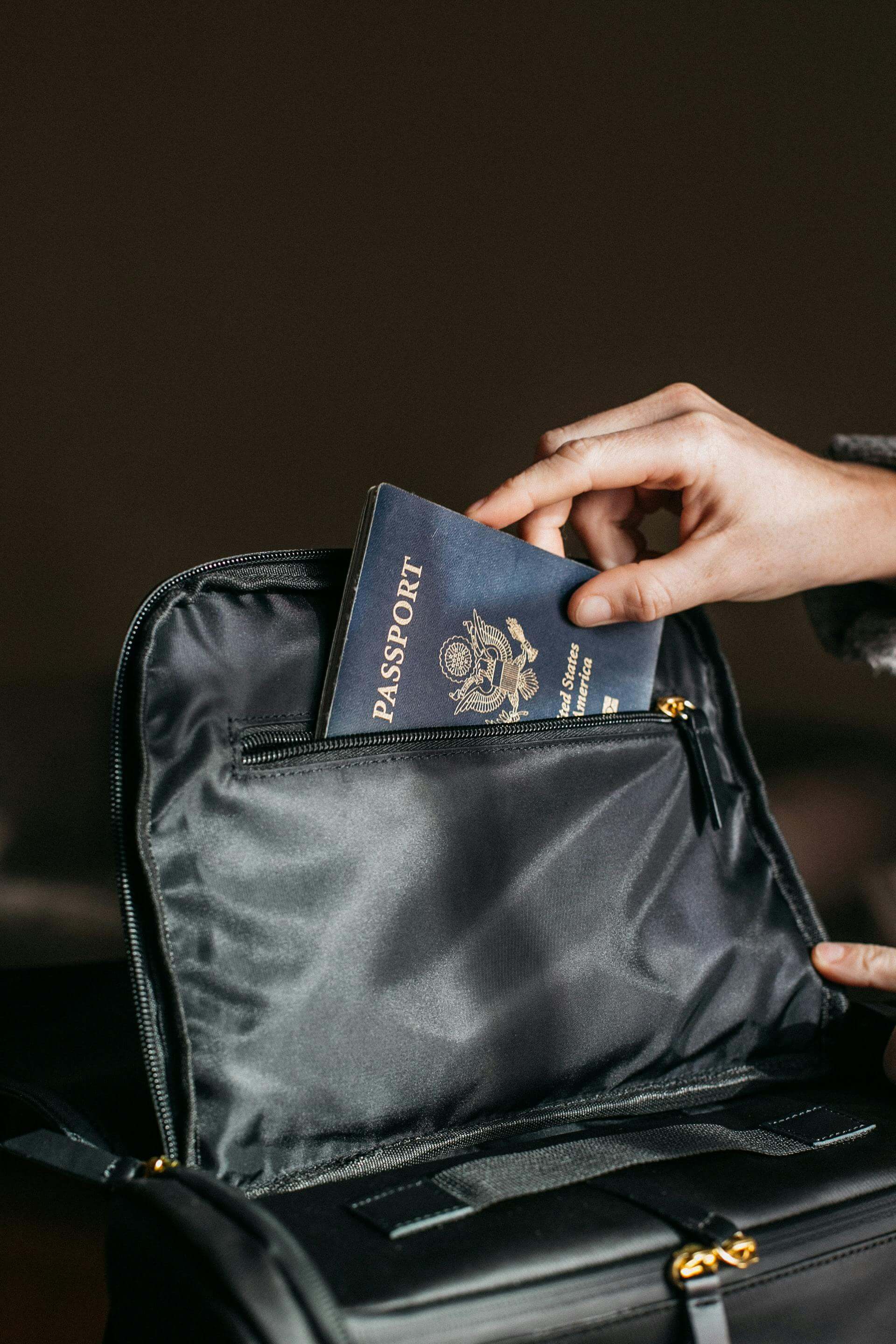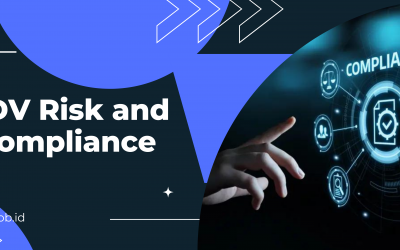Why Relying on a Passport Copy Isn’t Enough
In our increasingly digital world, identity verification plays a critical role in securing trust across industries. Yet, despite all the progress in technology, many organizations still fall back on outdated methods—like accepting a copy of a passport or ID card—to verify someone’s identity.
While this might seem reasonable at first glance, it’s neither compliant with European regulations nor an effective way to confirm the authenticity of a document.
The law across Europe is clear: identities must be established using real, physical documents, whether it’s a passport or an ID card. But what does that mean in practical terms? How can businesses reliably verify identity? Technology offers solutions, but not all of them are created equal.

The Problem with Traditional and AI-Based Methods
Many identity verification systems focus on comparing the physical document’s data—such as the name or date of birth—against the information in the Machine Readable Zone (MRZ). Some even go further, reading the embedded chip for cross-referencing.
At face value, this seems like it would prove the passport is legitimate. But what are we really verifying here? Essentially, that the passport was manufactured correctly. That’s it.
This process doesn’t confirm whether the document is still valid or if it’s been tampered with.
Then there’s AI. Some verification providers use artificial intelligence to scan for features typical of real passports. While AI might tell you, “This passport looks like a real one!”—that doesn’t answer the deeper question: Is the document actually authentic and secure? Even after such a check, there’s no guarantee that the passport’s integrity or validity hasn’t been compromised.
Why Humans Struggle with Passport Verification
Let’s put ourselves in the shoes of a human verifier for a moment. If you were handed a passport, how many of its security features could you confidently identify?
Passports often include more than 15 security elements—watermarks, holograms, microtext, special inks, and more. Most of us would struggle to identify more than a handful. Now, imagine trying to do this with a passport from a country you’re not familiar with. It’s a challenging, error-prone process.
This is why we need technology that does more than just scratch the surface. We need systems that go beyond basic checks and provide real verification.
The Real Solution: PKI and PKD
To truly verify a passport’s authenticity, integrity, and validity, a more robust approach is needed. Enter Public Key Infrastructure (PKI) and the Public Key Directory (PKD)—technologies already used by governments around the world.
Embedded in the passport’s chip is an electronic signature, which is essentially cryptographic proof of the document’s authenticity. PKI uses asymmetric encryption, where a private key encodes a message, and only a corresponding public key can decode it—proving the document is genuine.
But how secure is this? PKI is considered one of the most reliable forms of encryption. However, it’s not just about downloading cryptographic libraries. These can be compromised. Organizations need a trusted, sovereign infrastructure, with accountability and transparency at every step, to ensure the verification process is both accurate and tamper-proof.
Does This Make the Human Factor Irrelevant?
Not at all. While technology can verify the mathematical integrity of a document, there are still situations where the human touch is irreplaceable. In high-security environments, trained personnel bring something unique to the table.
They’re not just checking the document itself; they’re observing the person holding it, assessing their behavior, body language, and demeanor. Machines can’t replicate this level of intuition—at least, not yet.
The Limitations of Video Verification
Many businesses have turned to video verification, believing it can replace in-person checks. But here’s the problem: Are the individuals conducting these video verifications as skilled as those working in high-security environments? Often, the answer is no.
Video verification may offer convenience, but it lacks the depth of analysis that a trained professional can provide on-site. These experts don’t just check the document—they analyze the person’s behavior, tone of voice, and expressions, identifying potential red flags that technology might miss.
Don’t Go Alone
As powerful as PKI and PKD are, implementing them isn’t a simple task. These systems involve complex layers of cryptography, trust frameworks, and international standards. Trying to handle this in-house could expose your organization to unnecessary risks. This is where specialized partners come in—organizations that have already built the infrastructure and processes needed to verify documents securely and accurately. These partners ensure that your identity verification processes meet the highest standards of security and trust.
It’s Time to Rethink Identity Verification
Relying on a passport copy for identity verification is outdated and insufficient. To comply with modern regulations and protect your organization, you need a solution that goes beyond surface-level checks. You need to confirm the authenticity, integrity, and validity of documents using proven methods like PKI and PKD.
But don’t forget—humans still play a critical role, particularly in high-security scenarios where behavior and intention matter just as much as the document itself. Video verification, while convenient, lacks the depth and scrutiny of in-person checks.
Organizations should think carefully about who is conducting these verifications and whether they are truly equipped to spot the subtleties that matter.
In short, combining advanced technology with human expertise creates a stronger, more secure identity verification process.



